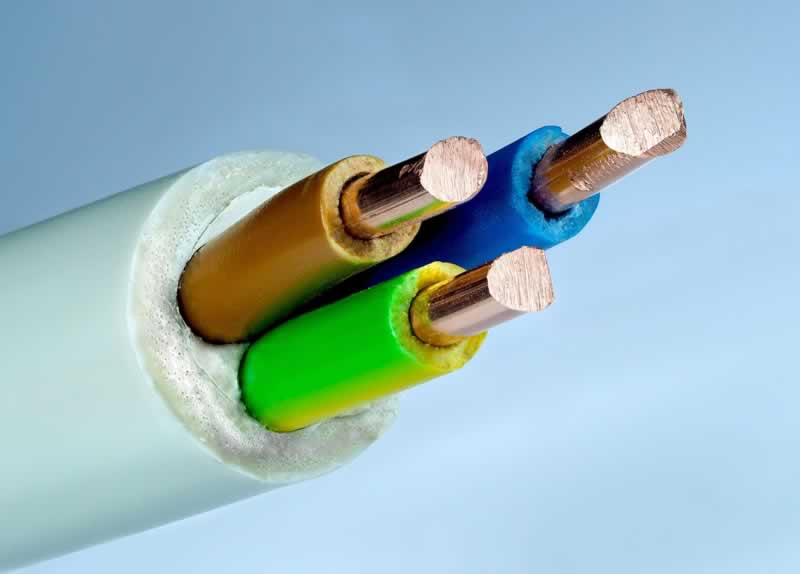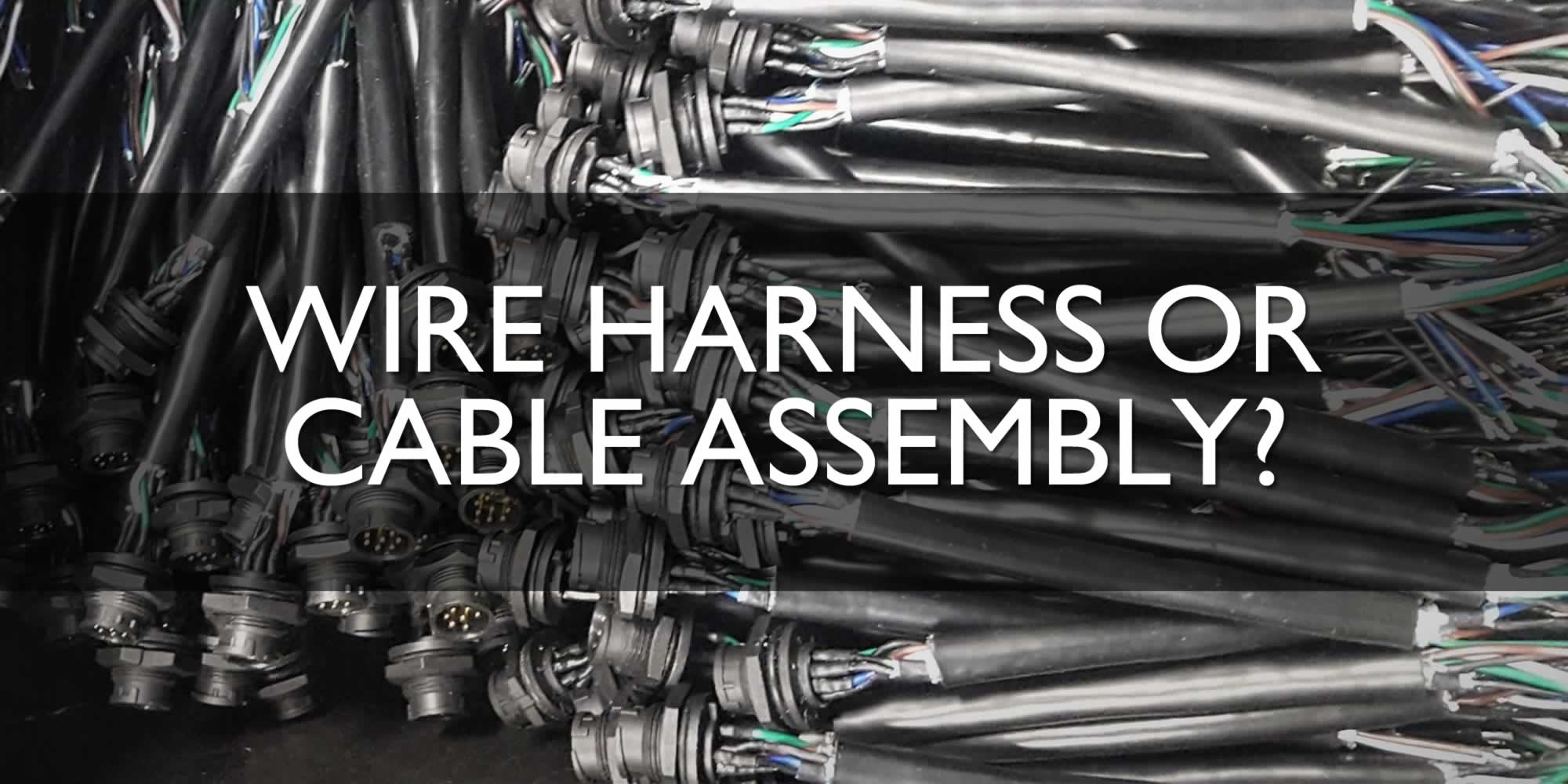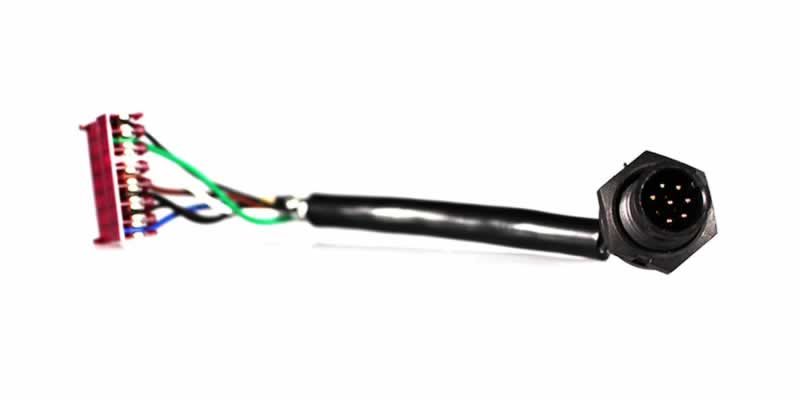Wire Harness vs. Cable Assembly – Understanding the Differences
Wire harnesses and cable assemblies are used to power many different electrical devices. They’re so common that these two terms are often used interchangeably. You may come across technicians and other personnel referring to a wire harness as a cable assembly, and vice versa.
However, a wire harness and a cable assembly are more different than you think. They have varied applications, and the very definition of a cable and a wire is not the same. Indeed, a wire is a single strand of material that conducts electricity from one point to another (think of copper and aluminum wires). On the other hand, a cable is a group of two or more wires running together.
Both a wire harness and a cable have similar functions in electricity and communication. However, their specific applications are usually entirely different. This article will show you these differences.
Understanding a cable assembly
A cable assembly is a group of wires that have been bound together within a single strand. The wires are then covered by an external sleeve that serves to insulate them when carrying electrical current. Therefore, each cable will appear as a thicker strand covered by a thermoplastic, rubber, or vinyl sleeve. A cable assembly will usually consist of a collection of several cables tied together.

By Petar Milošević – Own work, CC BY-SA 4.0, Link
Because of their sturdy design, cable assemblies are primarily suited for outdoor applications and for handling larger capacities of electric current. The durable structure of cable assemblies means that they’re able to withstand heat, moisture, abrasion, and other environmental conditions.
Cable assemblies are also easier to organize and route into multiple locations. Because the wires can be bound into a comfortable sheathing/jacket, each piece of the cable assembly is convenient with which to work. Furthermore, cable assemblies can be designed to meet the specific demands of a particular environment. For example, cables can be made to navigate shape and size constraints. They can also be color-coded to make it easier for technicians during installation and maintenance.
Advantages of cable assemblies
- Convenient and flexible design for routing purposes
- Designed for outdoor applications
- Can handle larger electrical loads
- Durable enough to withstand harsh environmental conditions
Understanding a wire harness
A wire harness is essentially a wrapping material that bundles up different cables together. Rather than binding multiple wires into a single strand, a wire harness essentially groups distinct cables and wraps them together into a compound structure. Within a wire harness, each cable is already individually wrapped in a dedicated sheath (or insulation). You can essentially pull out an individual cable from a wire harness.
The primary purpose of a harness is to group different cables for easier connectivity. They help keep electrical systems organized by preventing individual cables from running all over the place.
The wire harness material can be as simple as a zip tie (for grouping cables together), or it can be an external sheath that covers some of the wires and cables contained therein. It’s important to note that the sheathing in a wire harness is not designed to protect individual cables but to group them as a unit.
Because wire harnesses are not as durable as cable assemblies, they’re only useful for indoor applications. The load capacity of a wire harness is also limited to the number and size of cables that are grouped.
Advantages of a wire harness
- A low-cost option for organizing multiple cables
- Convenient to modify constituent cables as necessary
- Suitable for indoor applications
Important differences between the two
The differences between a wire harness and cable assembly exist both in their structure and function. Here are some crucial differences between the two.
1. Cables look and act like one thick wire.
Perhaps the most fundamental difference between a wire harness and a cable is in how they look and function. A cable consists of multiple wires bound together by a single outer sleeve. While each cable inside the sleeve may function separately and may be fitted with various connectors, the end product appears as a single thick wire.
On the other hand, a wire harness is merely a grouping of separately sheathed wires. You can see each cable within the wire harness.
2. A cable assembly is durable. A wire harness is best for indoor use.
The coating in a cable assembly is designed for durability and stress-resistance (best suited for outdoor applications), while the coating on a wire harness is commonly made of thermoplastic (best for indoor use).
Cable assemblies can be routed into tight and smaller spaces (due to the single durable construction of an assembly), while a harness tends to be more limited due to the individual cables contained in the structure.
3. Industrial application.
Cables are often used in industrial applications, utility delivery, oilfields, and other similar areas. Harnesses are convenient for indoor electronics such as garage door openers, computers, and remote controls.






